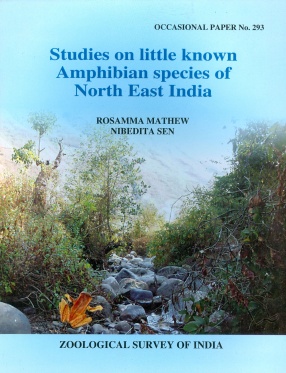Insect Biodiversity: Functional Dynamics and Ecological Perspectives
Rapid depletion and degradation of species in diverse ecosystems and the implications of this for human welfare have led to for increasing concern. Biodiversity or variability among living organisms and the ecological complexes of which they are a part, is essential for ensuring the basic ecological services and resources necessary for sustaining human welfare. The loss of biodiversity is therefore, considered one of the most serious problems threatening the world today. An understanding of the ecological implications of the increasing loss of biodiversity, not to mention of the economic implications, has therefore became vital. As biodiversity loss is irreversible, it calls for increased caution in our efforts to convert and exploit natural resources. Some minimal level of biodiversity is necessary to maintain ecological functioning, which in turn is necessary for generating the biological resources on which human welfare depends. Needless to emphasise that substantial biodiversity loss occurs due to forest clearing and degradation, leading to the need for assessing biodiversity in different ecosystems.
Keeping these aspects in mind, the present volume highlights biodiversity in different cropping systems, besides the impact of cold and hot deserts on faunal diversity. Selection of the topics in the various chapters essentially reflects of the experience of the authors in the field of biodiversity.
Get it now and save 10%
BECOME A MEMBER








Bibliographic information